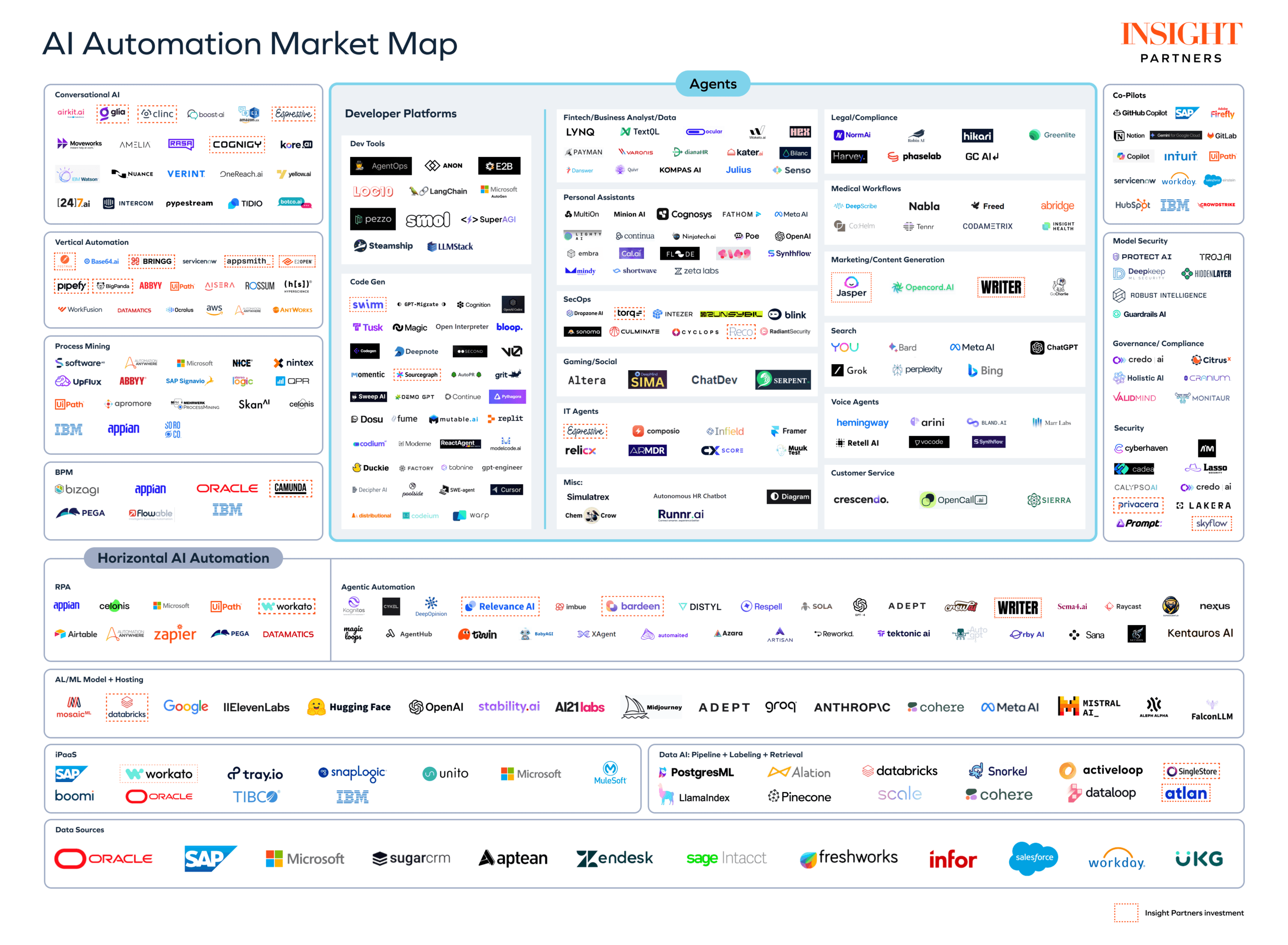Perplexity's new AI agent can perform multi-step tasks on your Android device
Perplexity announced Thursday that it is beginning to roll out an agentic AI for Android devices, called Perplexity Assistant, which will be able to independently take multi-step actions on behalf of its user.
“We are excited to launch the Perplexity Assistant to all Android users,” Perplexity CEO Aravind Srinivas wrote in a post to X on Thursday. “This marks the transition for Perplexity from an answer engine to a natively integrated assistant that can call other apps and perform basic tasks for you.”
Features of Perplexity Assistant
The Assistant will be available through the Perplexity mobile app and will run atop the platform's existing “answer engine” model. As such, Assistant will have access to the internet. With it, users will be able to set reminders and future actions, much like ChatGPT‘s new Tasks feature offers. For example, the agent will be able to remind users of an upcoming event by automatically creating a calendar entry at the correct time and date.
Users can also use it to take more immediate action such as hailing a ride share or searching for a song, the company noted. The new feature can also access the user’s camera so you could, in theory, ask it to look for restaurants in your immediate area and then have it make reservations for you.
Perplexity Assistant is free to use as part of the mobile app and will initially be available in 15 languages, including English, Spanish, French, German, Japanese, Korean, and Hindi. How well it will interact with other agentic AIs on the device, such as Gemini or ChatGPT Tasks, remains to be seen.
AI Agents in the Market
Agents are the hot new thing in generative AI. These lightweight models are often “distilled” from larger LLMs like ChatGPT, Claude, or Gemini, but are tasked with interpreting data and autonomously taking action rather than generating content. These actions can be straightforward, like automatically transcribing a Zoom call, or multi-step — think, having it plan an 8-course meal, shop for necessary ingredients on Instacart, then email invites to your guests.

The market is already being saturated with AI agents from various leading companies. Anthropic kicked off the agentic race in November when it debuted its Computer Use API, which enables Claude to emulate human mouse and keyboard actions to control the local computing system. Microsoft announced Copilot Actions the same month and began rolling the agents out to business and enterprise subscribers in January. Nvidia followed suit at CES 2025 when it revealed its new Nemotron family of LLMs, and OpenAI finally unveiled its AI agent, Operator, as a “research preview” just a few hours ago.
OpenAI's Latest Developments
On the 10th of its "12 Days of OpenAI" media event, the company announced that it has set up an 800 number (1-800-ChatGPT, of course) where anyone in the U.S. with a phone line can dial in and speak with the AI via Advanced Voice Mode.
On the ninth day of OpenAI's holiday press blitz, the company announced that it is releasing the full version of its o1 reasoning model to select developers through the company's API. Until Tuesday's news, devs could only access the less-capable o1-preview model.

According to the company, the full o1 model will begin rolling out to folks in OpenAI's "Tier 5" developer category. Those are users that have had an account for more than a month and who spend at least $1,000 with the company. The new service is especially pricey for users (on account of the added compute resources o1 requires), costing $15 for every (roughly) 750,000 words analyzed and $60 for every (roughly) 750,000 words generated by the model. That's three to four times the cost of performing the same tasks with GPT-4o.

OpenAI unveiled its new ChatGPT Pro subscription tier during the company's inaugural "12 Days of OpenAI" live-stream event. At a cost of $200 per month, the Pro tier costs 10 times as much as a standard, single-user Plus account.
In this guide, we'll discuss how much the various ChatGPT subscription tiers cost, as well as what features and benefits you receive at each level — all to help you decide which, if any, paid tier is right for you.




















